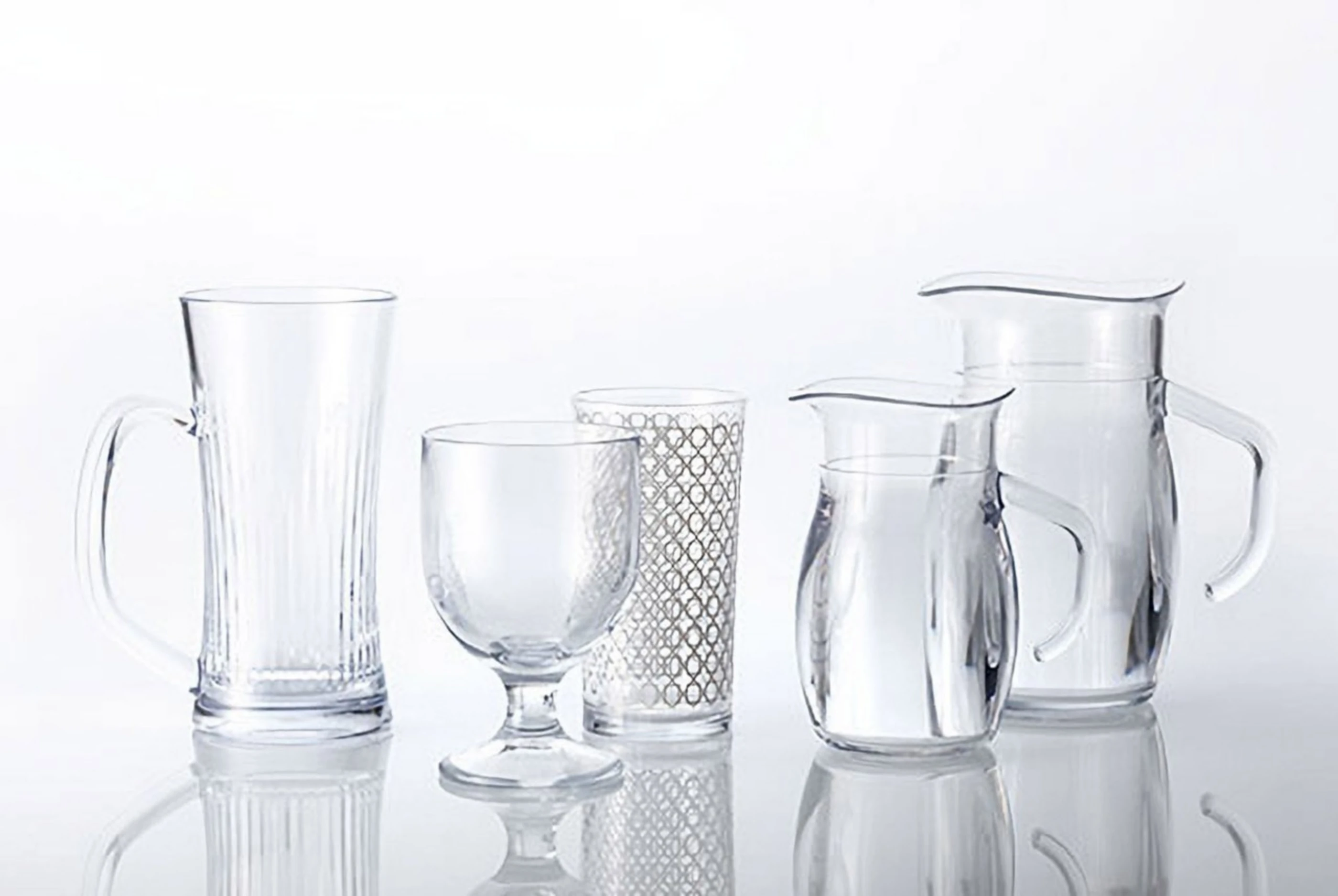Resources
Learn more about how we are helping customers identify, develop, and expand new business opportunities across the material sciences.
All
All
All











